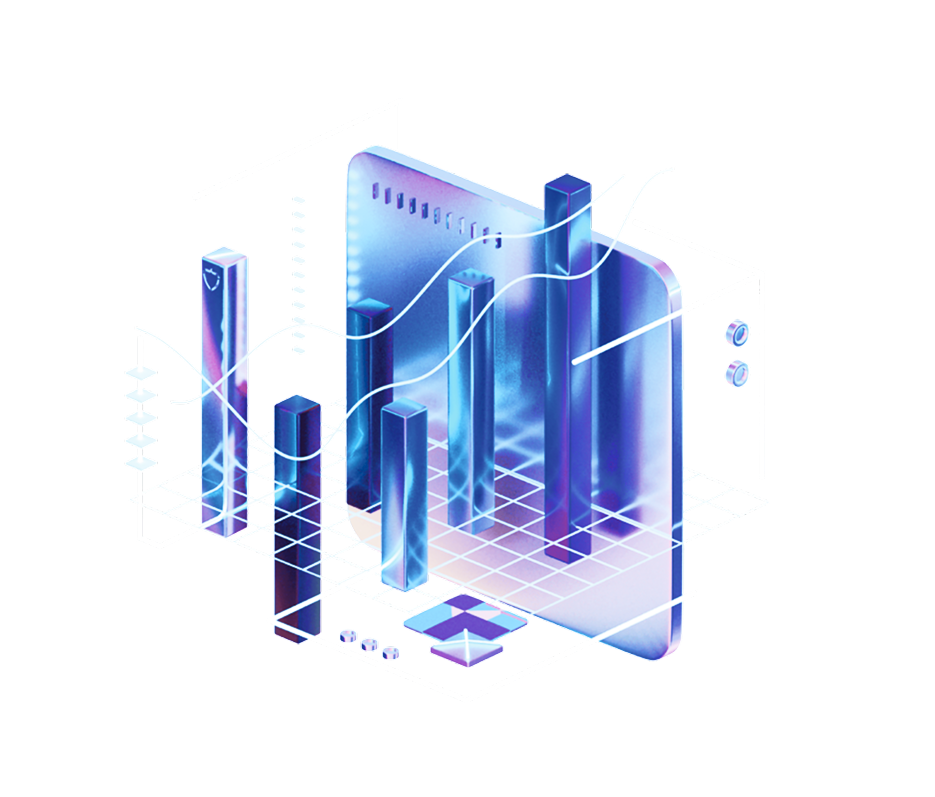What problems does it solve?
Manufacturing companies generate vast amounts of data from various systems – MES, IoT, ERP – but analysis often takes place in spreadsheets or static reports. This makes it difficult to interpret trends, detect anomalies, and make quick decisions. Management teams lack real-time access to key KPIs, making it harder to monitor plant performance or track the efficiency of a renewable energy farm.
What is it, and what are the benefits?
Data visualization tools like Power BI, Tableau, and Grafana transform raw information into interactive charts, dashboards, and reports. This allows companies to analyze data effortlessly, pinpoint inefficiencies, and make data-driven decisions. By leveraging visual analytics, businesses can reduce analysis time, improve information clarity, and easily spot operational bottlenecks.
How does it work?
ETL systems and IoT platforms feed data into visualization tools, where it’s displayed in an intuitive and digestible format. Users can filter data, compare time periods, track key indicators, and generate dynamic reports.
- For manufacturing managers, this means real-time performance monitoring, order tracking, and predictive insights that help prevent production disruptions.
- For renewable energy operators, it enables energy generation tracking, early failure detection, and system performance optimization.
👷♂️ Short use examples
🏭 Manufacturing: Production performance tracking, machine efficiency analysis, real-time order fulfillment monitoring.
⚡ Renewable Energy: Solar and wind farm performance analysis, panel and inverter efficiency monitoring, energy consumption optimization.

